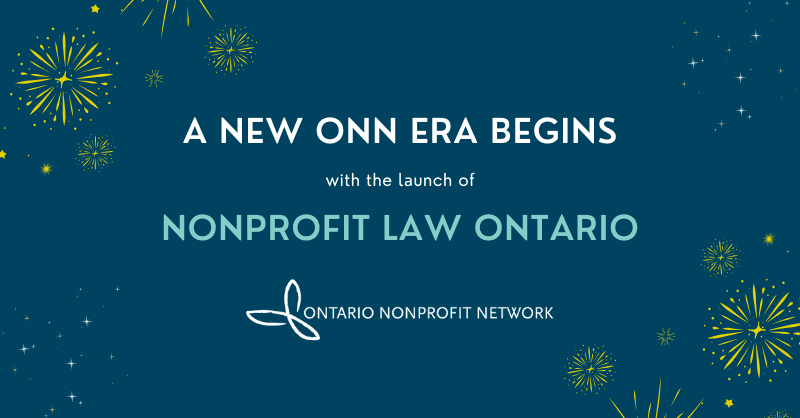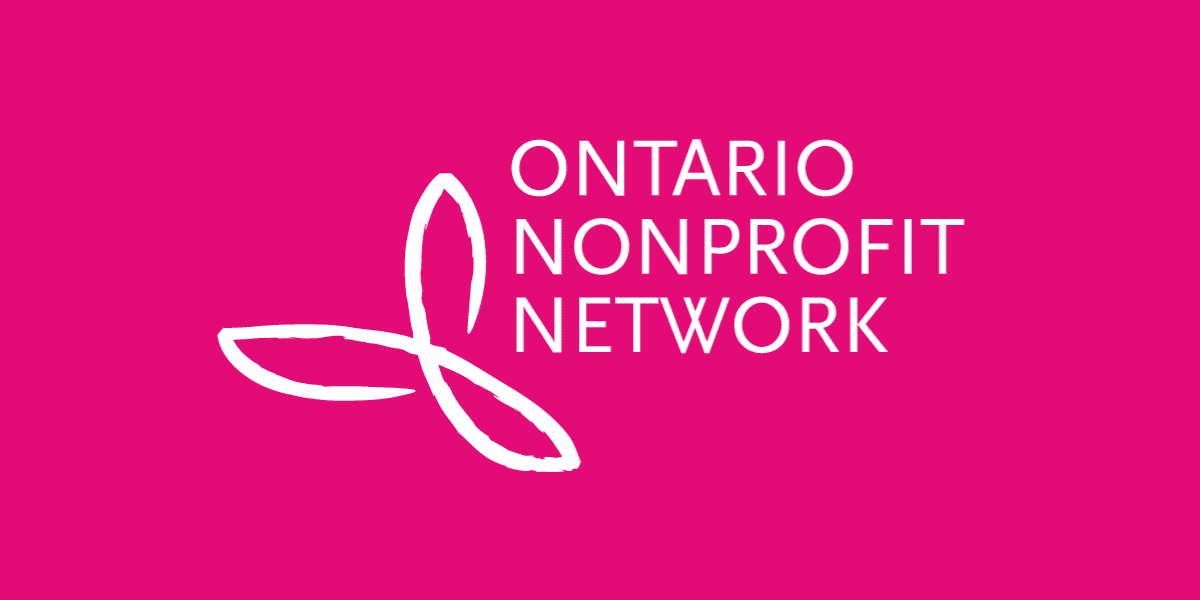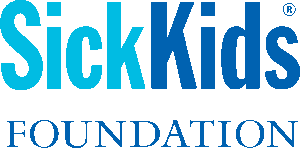Having trouble getting quorum at your AGM?
An active and engaged membership is a pipeline for donors, volunteers, board members, community champions, and more. However, many nonprofits struggle to gather the minimum number of voting members required to hold an official members’ meeting, including an AGM. This minimum number is called quorum.
Nonprofits incorporated under Ontario’s Not-for-Profit Corporations Act or the Canada Not-for-Profit Corporations Act are required to hold a members’ meeting at least every 15 months and within six months of the end of your last fiscal year. This annual members’ meeting is commonly called an AGM.
In this blog post, we’ll review:
- the purpose of AGMs,
- what nonprofits can do to increase member attendance and participation, and
- if necessary, how nonprofits can reduce their quorum.
The purpose of AGMs: Nonprofits and democracy
Some nonprofits rarely see their members. They may not come to meetings when invited or even open emails. In some cases, you may not even know who your members are. All of this may lead someone to ask, “why do nonprofits have to have AGMs anyway?” or “why do nonprofits need to have members?”
The short answer is to ensure that boards of nonprofits are accountable to someone. AGMs are designed to bring the organization’s stakeholders together, however a nonprofit has chosen to define that group in their bylaws. At an AGM, the board must present the nonprofit’s financial statements and board members face election or removal by its members. Just like in our broader society when voters don’t show up or pay close attention to what people in power are doing, accountability is significantly reduced. AGMs that are well attended by engaged and informed members help to ensure that those on the board are not abusing their positions and that the people who are on the board have the skills and vision to steward the nonprofit.
What nonprofits can do to increase member attendance and participation
Understanding what you need to do to increase member participation requires understanding why members are not attending in the first place. Here are four common reasons people don’t attend and what you can do about it.
Implementing these strategies below takes time and resources, but they are strategic investments in your organization.
| Reasons members don’t attend AGMs | What nonprofits can do about it |
| They don’t have the time. This reason is especially significant if your members are people who face major barriers that limit their time or resources to attend meetings. | Shorten meetings and/or use online and hybrid options. The minimum business of an AGM does not have to take long. ONN offers a script for an 8-minute AGM. However, there may be good reasons for an AGM to take longer, in which case online and hybrid options can make it easier for more members to participate. |
| They don’t understand what an AGM is and why their participation matters. Organizations with open membership (e.g. anyone who donates $20 or buys a season subscription is a member) may have members who joined without realizing what their membership means. | Educate members about their role in governance when they join. When someone becomes a member, explain how their role is defined in your governing documents and that they have rights to participate in your governance. Explaining their role in governance may deepen their connection to the organization and make them value their membership more. |
| They don’t believe the AGM is a good use of their time. They may assume AGMs are boring or simply a bureaucratic exercise. | Make your AGM meaningful and more than just administrative business. An alternative strategy to the 8-minute AGM is to make your AGMs fun by including food and the kind of programming that motivated people to become a member in the first place. Using the AGM as a community building opportunity and a genuine opportunity to solicit feedback and facilitate discussion on issues that matter to them can make it a worthwhile experience for everyone. |
| They cannot access the meeting. Whether because of physical barriers, poor timing, or other reasons, your members may want to participate but cannot because of avoidable barriers. | Build accessibility into your governance. While many nonprofits have accessibility plans for their services, fewer have accessibility plans for governance. ONN has collected many ways for nonprofits can build accessibility into governance processes like your AGM. For example, providing long notice periods for meetings and providing accessible materials will go a long way to remove barriers to participation. |
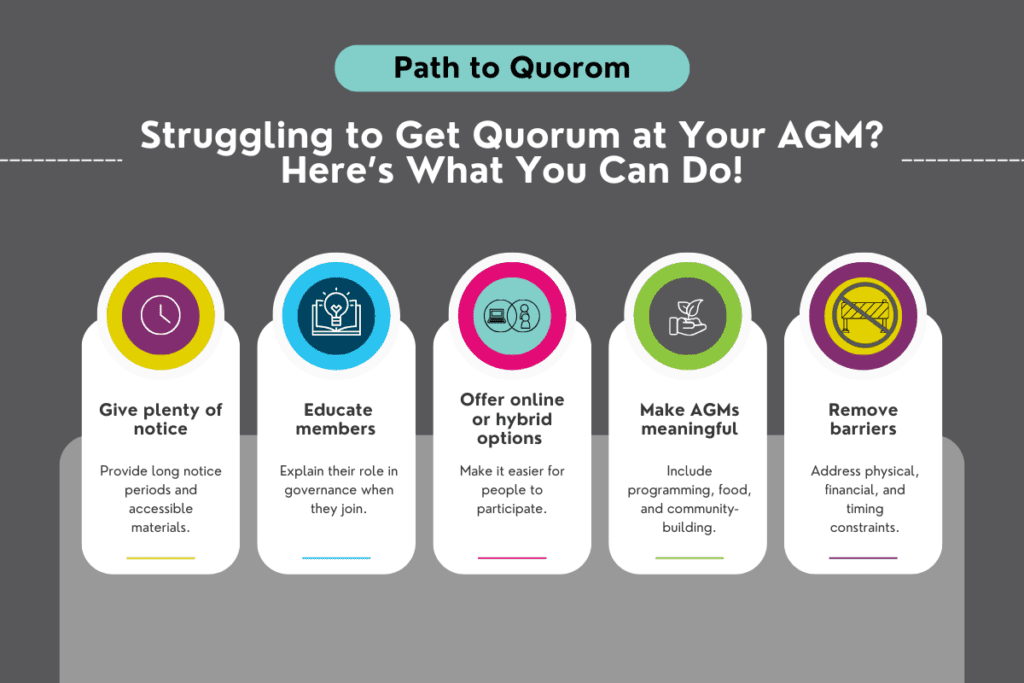
How can nonprofits reduce quorum
If a nonprofit has tried these strategies but is unable to meet its quorum of members for its AGM, then it may want to consider the following legal strategies.
- Lowering the quorum: You can change the quorum in your bylaws or articles to a lower percentage or absolute number of voting members or define quorum in another way that works for you. Remember that the lower the quorum, the easier it is to have the meeting but less accountability may result. There is also a risk that a small group of individuals may exploit this opportunity to take over the organization.
- Redefining membership: If a large portion of the individuals you define as members do not want to be engaged in governance, you may wish to reconsider which stakeholders in your community really want to have the rights of members. Who you define as members may be the most important governance question your nonprofit asks itself. Fundamentally, it is about who you believe the nonprofit should answer to. This page explores the pros and cons of different membership structures.
Conclusion
Ultimately, AGMs are one small way your nonprofit stays responsive and relevant to its stakeholders. If you are struggling to get quorum at your AGM, you may still be very successful at engaging with your stakeholders in other ways. In other cases, the struggle to get quorum may be a warning sign of deeper issues of your governance and stakeholder engagement that you should address. You are best positioned to assess the situation. But one thing is for certain, AGMs can and should be an opportunity to strengthen your organization.

